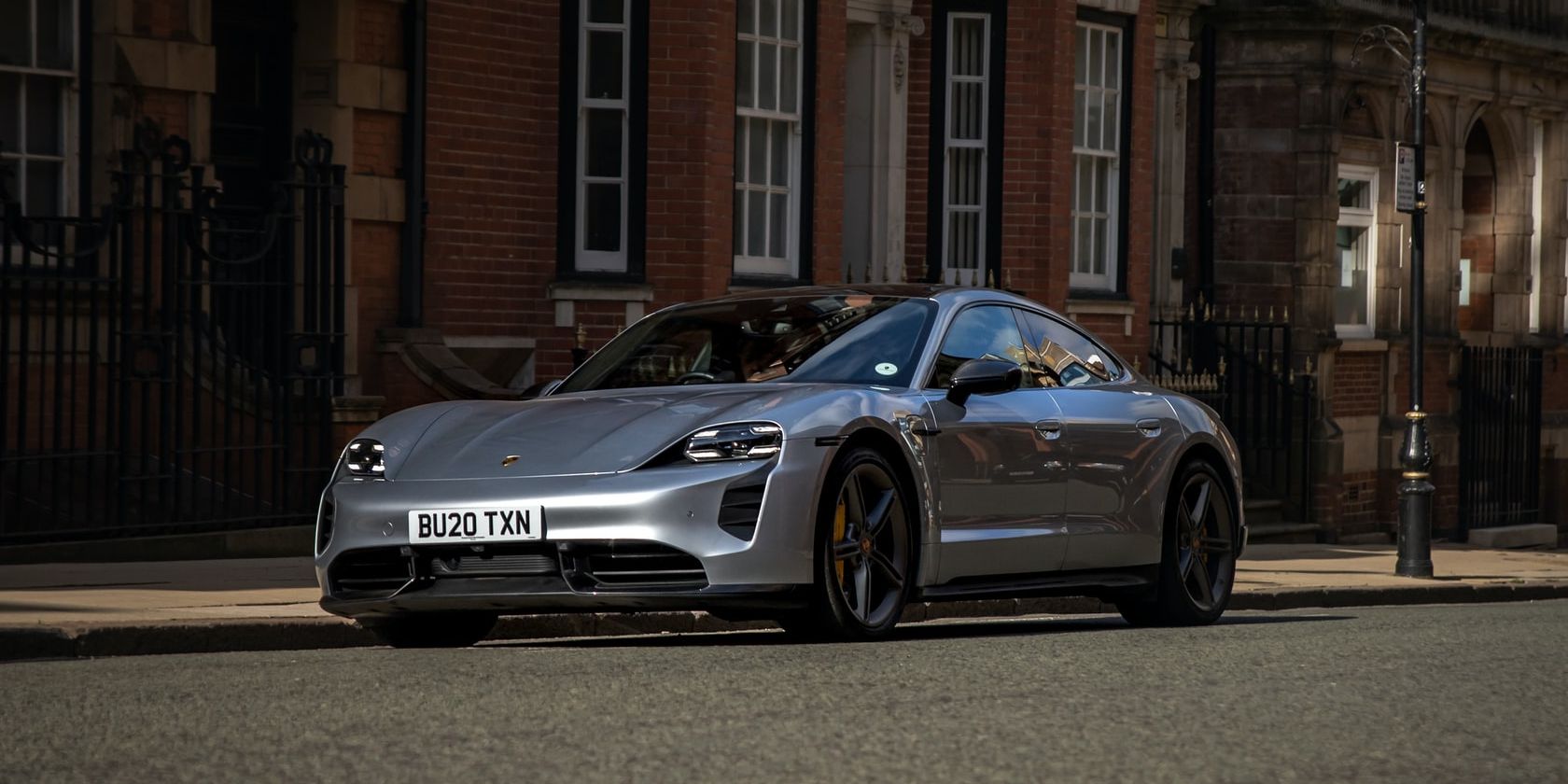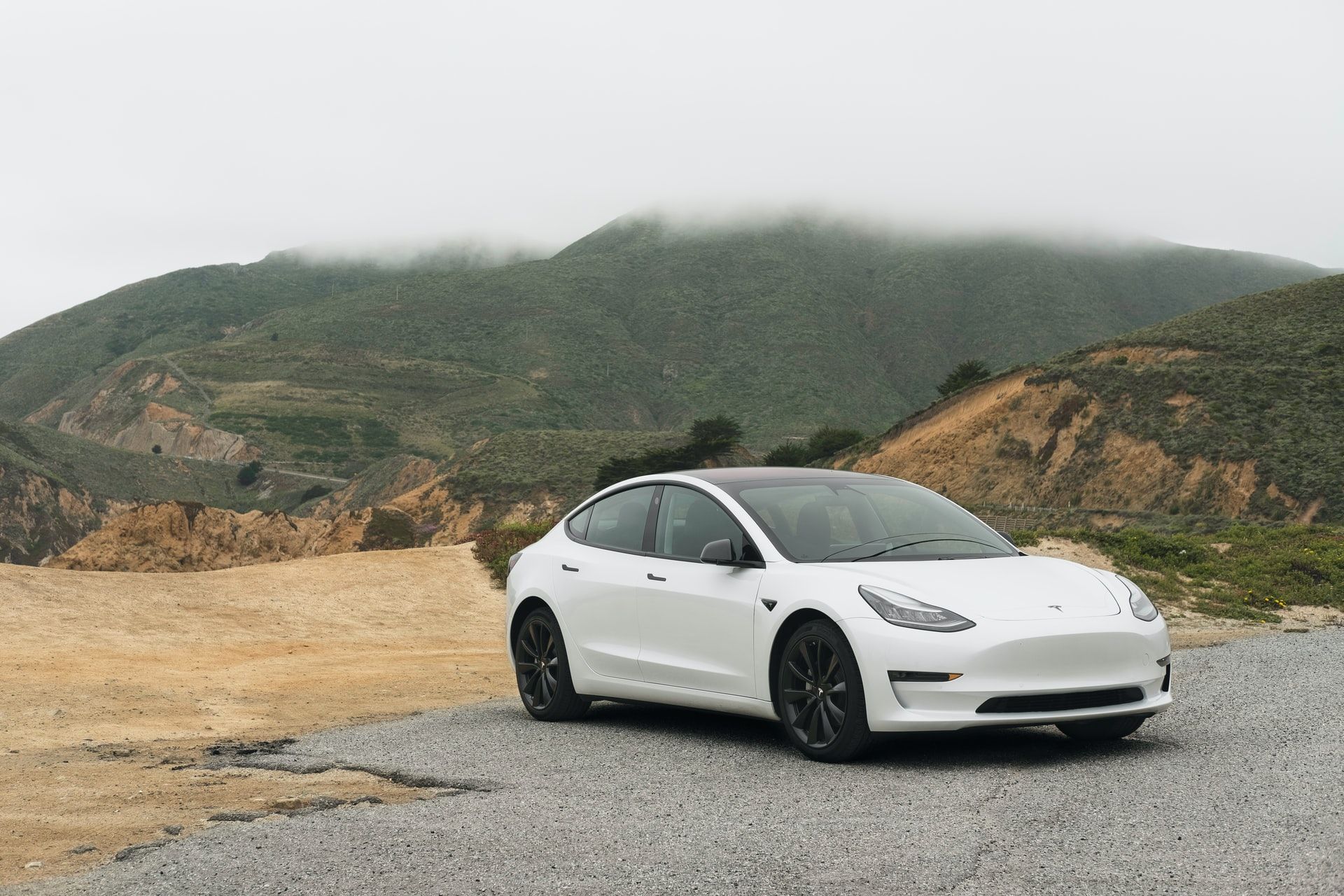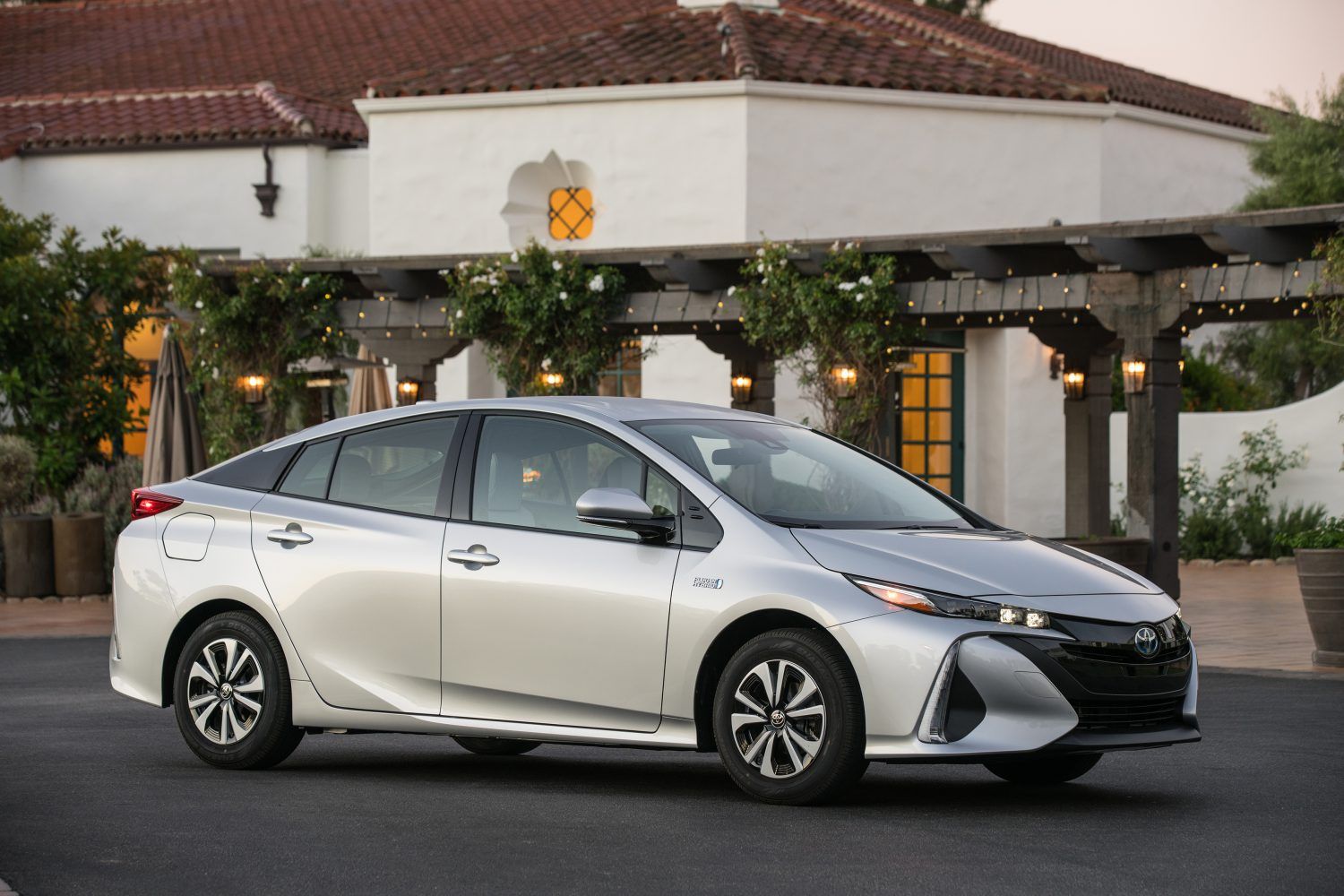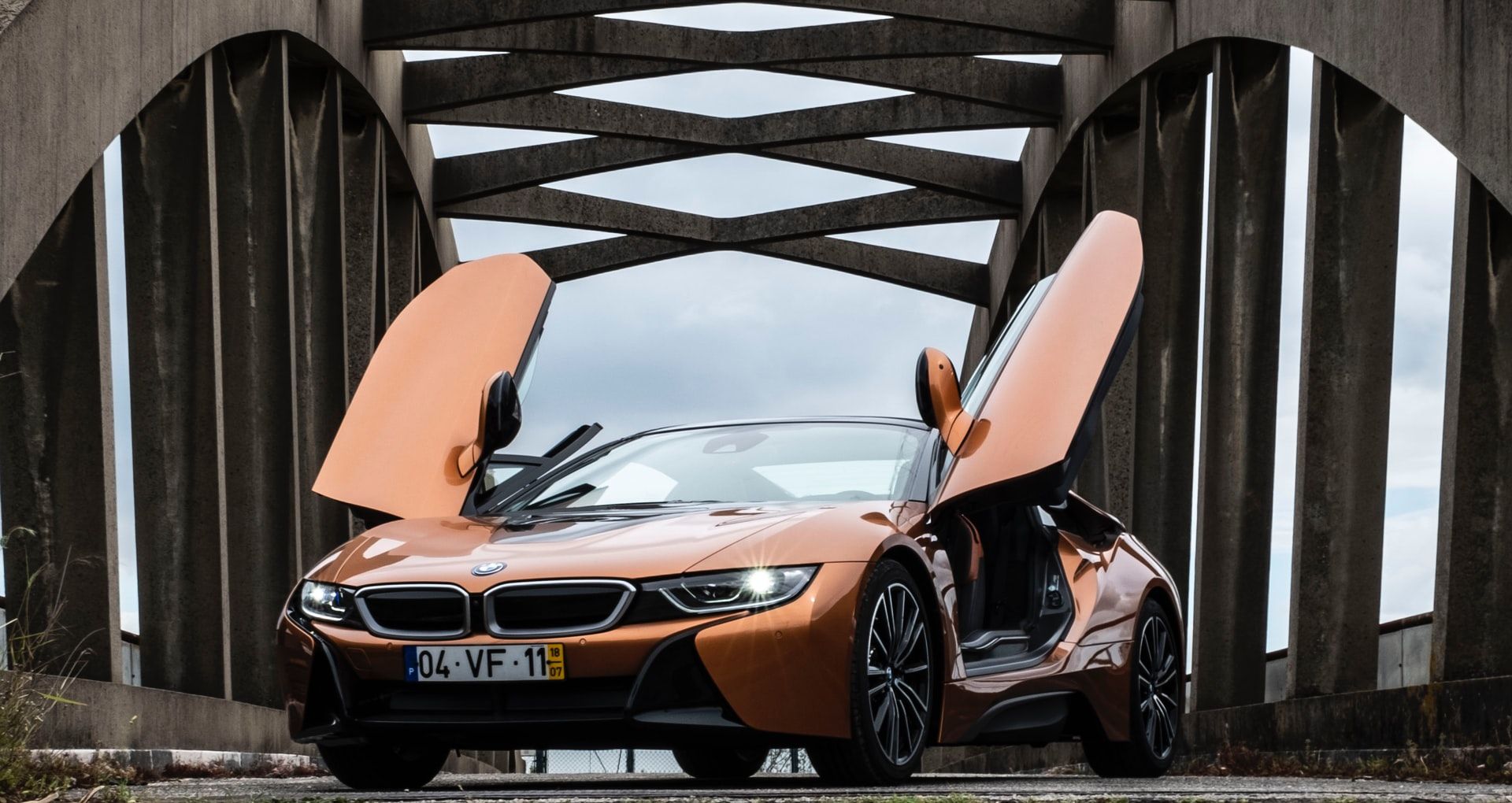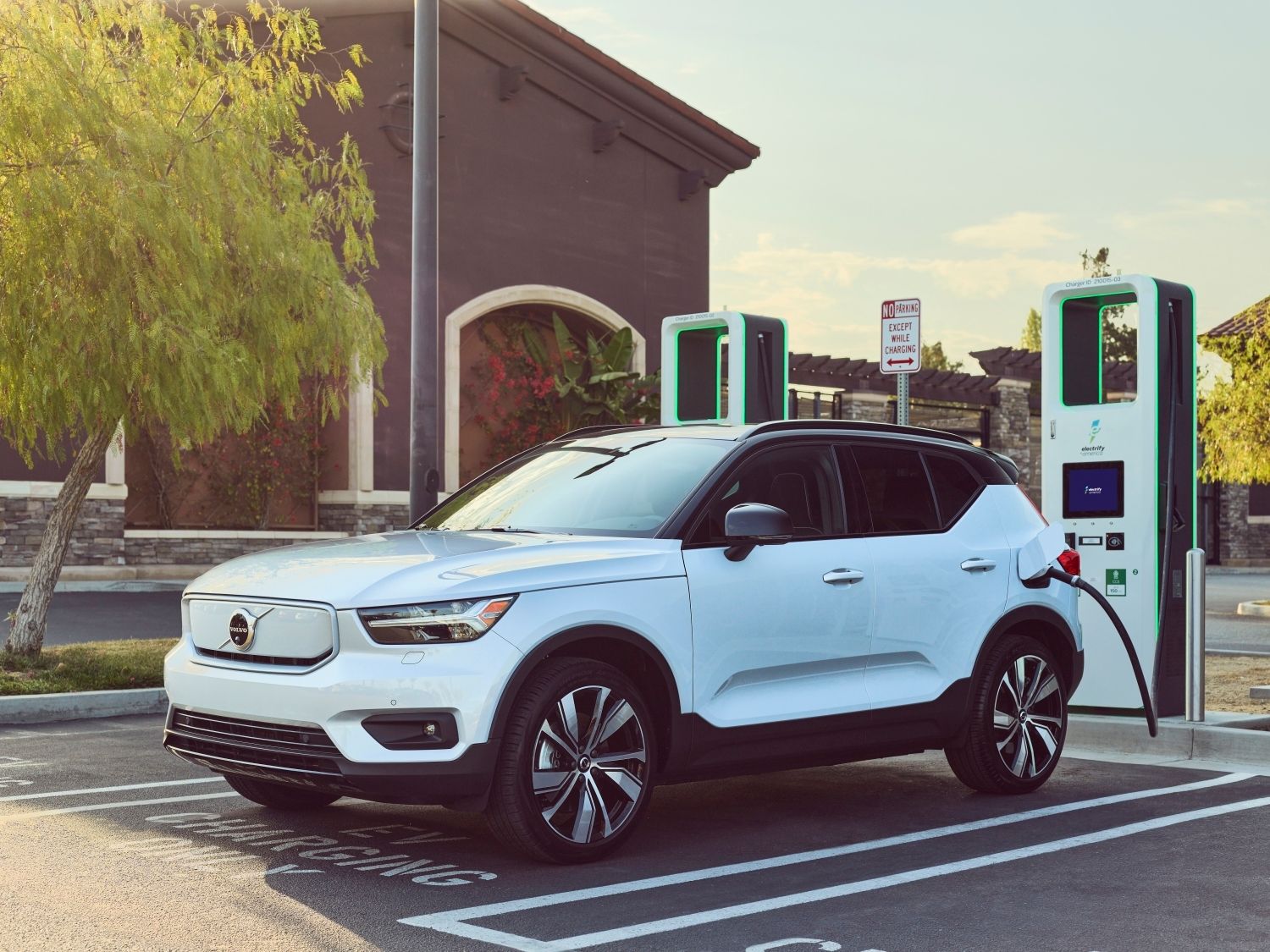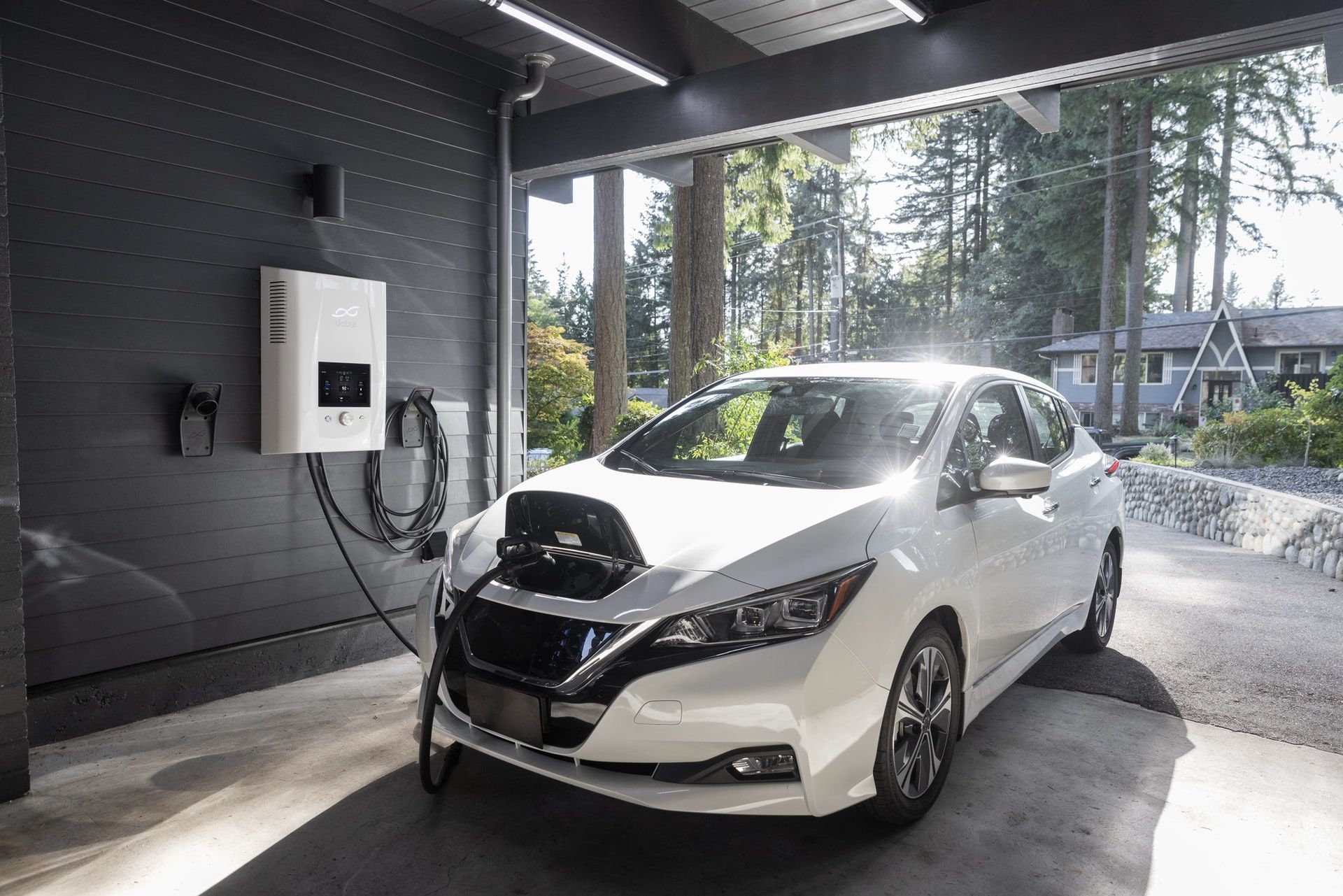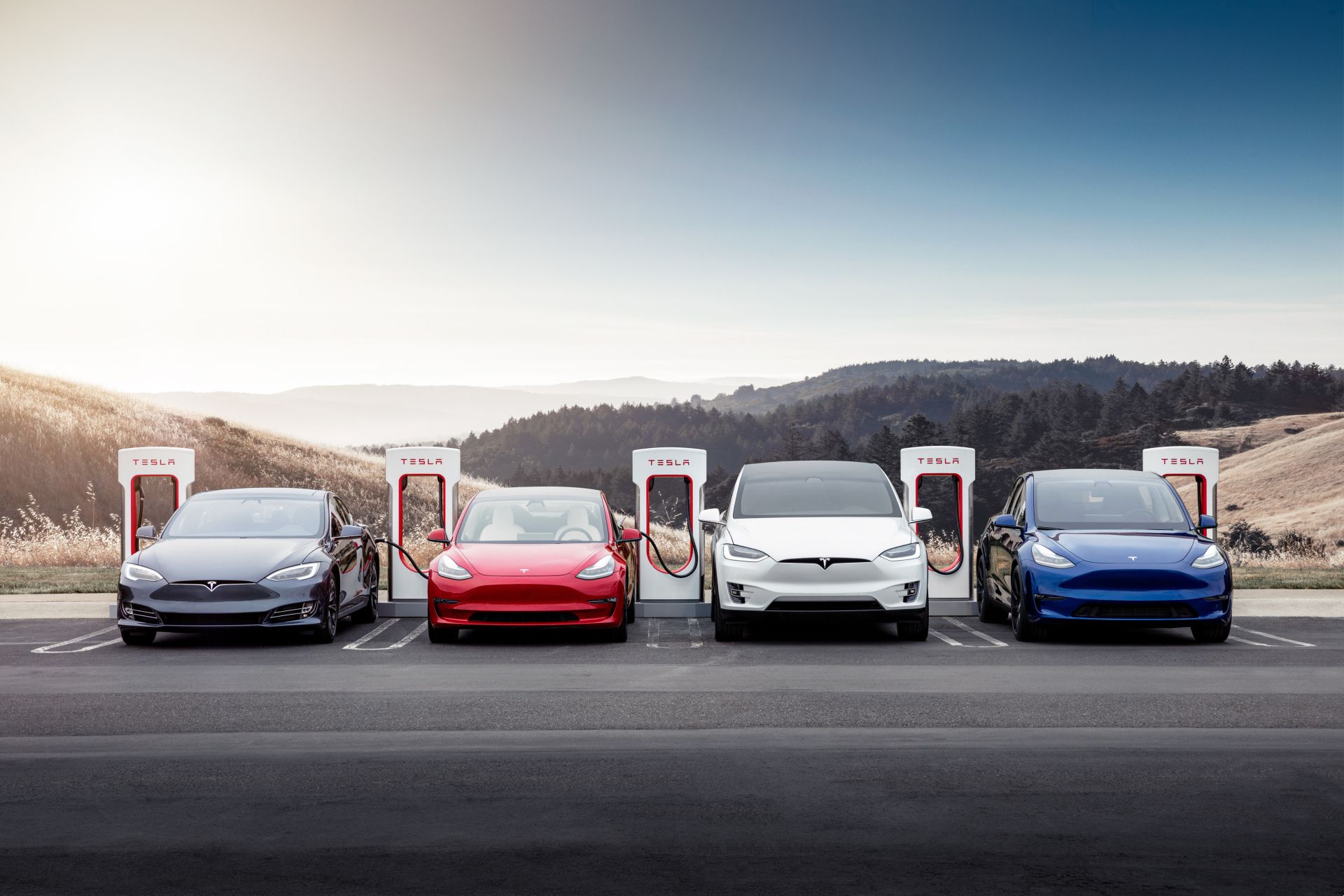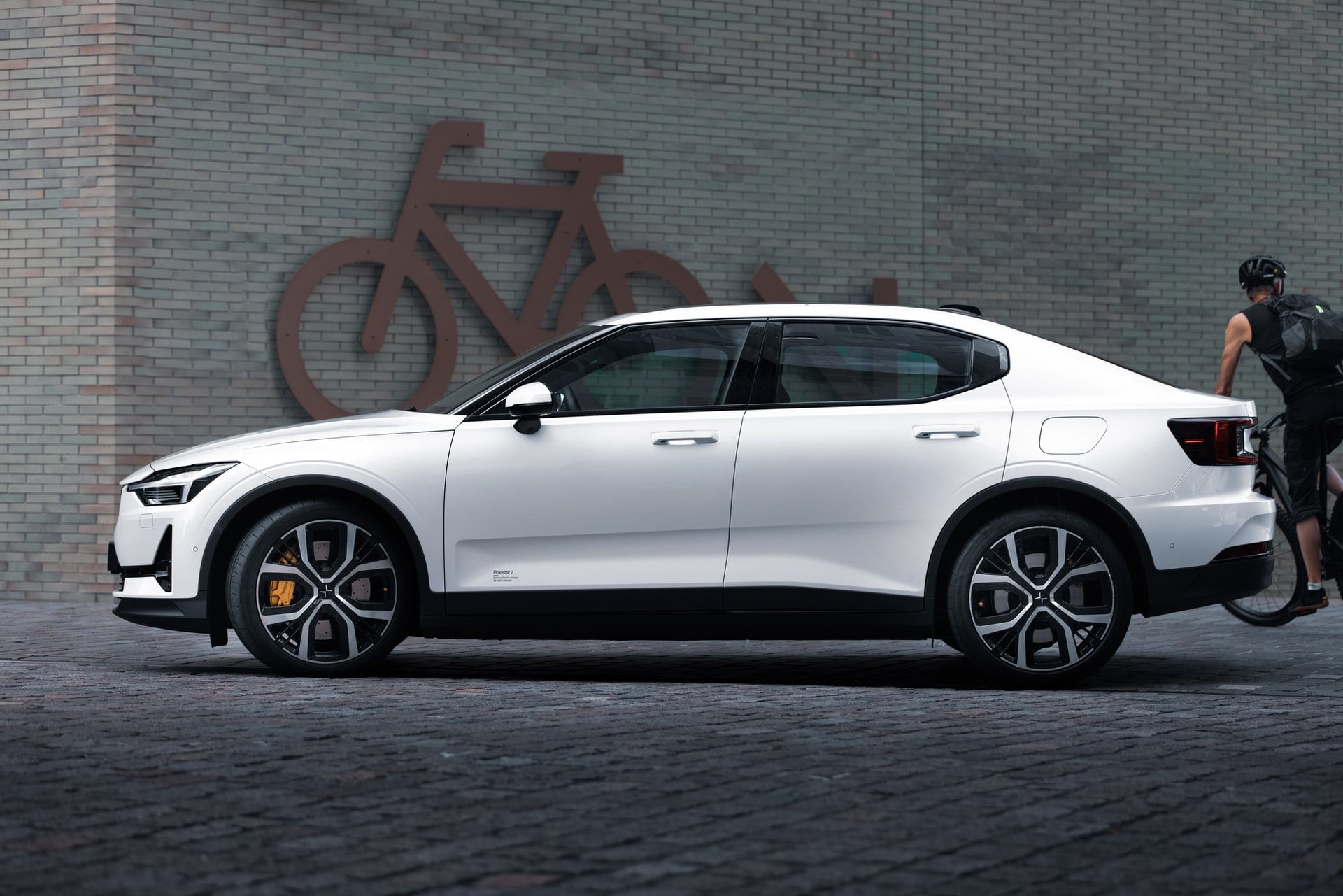You've decided to jump into the world of electric vehicles; that's incredibly exciting! It's also extremely daunting to consider all the factors that go into buying an EV. What kind of electric vehicle should you buy? How much battery range do you need? Where will you charge it?
This article is designed to be a complete guide to choosing your first EV, making the process as easy as possible. Here's all you need to know about buying your first electric vehicle.
What Type of EV Should You Get?
Yes, there are different types of electric vehicles: Hybrids (HEVs), Plug-In Hybrids (PHEVs), and Fully Electric vehicles (EVs). The term EV, for electric vehicles, encompasses all types. In this article, the acronym EV will refer to all three of these main categories of electric vehicles. Here are the differences between the three main categories of electric vehicles on sale today.
Fully Electric Vehicles
Fully electric vehicles are exactly what you think of when the term EV or electric car comes up in conversation. These vehicles run solely on their batteries and electric motor, with no conventional combustion engine. This is the most exciting category of EV in the world at the time of writing. New companies like Rivian are making incredibly quick and capable electric trucks, and huge names in the automotive industry such as Volvo, BMW, and Ford are coming out with their own all-electric vehicles as well.
Fully electric vehicles have an average range of 250 miles at the time of writing and can be charged via home chargers as well as many charging networks throughout the country.
Hybrids
Hybrids pair an ordinary internal combustion engine with an electric motor. Toyota made hybrids mainstream when it released the Prius, which gets an astounding 50mpg. Hybrids are also a perfect entry into the world of electric vehicles. You won't need to charge them, as regenerative braking charges its batteries, so refueling is the same as driving a normal car with an internal combustion engine. Due to their popularity, hybrids are widely available among several car manufacturers, from Toyota to Porsche.
Plug-In Hybrids
Plug-in hybrids are a great middle-ground between a normal gasoline-powered car and an all-electric vehicle. Plug-in hybrids allow you to drive them just like a normal hybrid car, switching automatically between the electric and gasoline motor, without needing to charge the batteries; however, this means you'll be using the combustion engine more often, which defeats the purpose of PHEVs.
Plug-in hybrids can go around 30 miles per charge in their all-electric modes, so they're a perfect fit for those with shorter commutes. PHEVs allow drivers to have a backup combustion engine when needed for longer trips, which minimizes range anxiety.
Electric Vehicle Range
Range is one of the largest considerations when choosing an electric vehicle. Although this is an important factor when choosing a gas-powered vehicle, it's less of a problem due to the overwhelming amount of gas stations throughout the country; it also takes just a few minutes to refuel. If you're looking at buying a plug-in hybrid or an all-electric vehicle, this will be incredibly important to pay attention to.
According to the U.S Department of Energy, plug-in hybrids can run on electricity alone for between 15 and 60 miles, a fairly short distance. However, this is exactly why plug-in hybrids also have an internal combustion engine. For example, the 2021 Volvo XC60 Recharge T8 Plug-In Hybrid has an electric range of around 20 miles, but the addition of the gas tank brings its range to over 500 miles.
The median range for all-electric vehicles has steadily improved over the past decade. At the time of writing, the average range of all-electric vehicles on the market today is around 250 miles, according to Energy.gov. This is a similar amount of range to gas-powered cars on the road, and it's only getting better over time.
Where to Charge
Now that you know how far you can get with each EV, it's time to find out where to charge them.
Home Chargers
Plug-in hybrids don't need to have huge batteries powering the entire vehicle, so they're fairly small and thus are quick to charge. Volvo states that its plug-in hybrids, such as the XC60 Recharge, can reach full capacity in three to four hours with a 3.6kW charger, or four to eight hours when plugged in via a household 220V wall connector. In each of these scenarios, charging your EV overnight via a home charger would be the way to go, as you do not need to worry about charging as quickly as possible.
Plug-in hybrids can also charge on their own using regenerative braking, so unless you need a fully charged battery at the beginning of each day, recharging your PHEV at home isn't even needed.
An all-electric vehicle, on the other hand, needs to be recharged just like you would need to refuel a gas-powered vehicle. Just like owning a PHEV, charging an all-electric vehicle at home is your best bet. Installing a level 2 home charger, such as the ChargePoint Home Flex, will cost around $700 and can charge your all-electric vehicle overnight, adding around 30 miles of range every hour. With a rating of around 40 amps, level 2 home chargers tend to output between 9 and 10 kW.
Public EV Charging Networks
If you're on the road and need to charge, fast chargers are your best friend and are available at several charging networks.
Tesla has been rapidly growing its Supercharger network for years now. Tesla wants every one of its vehicle's owners to be free of range anxiety by providing 30,000 global Superchargers, 1,200 of which are in the U.S; its chargers are also very quick, making them incredibly convenient when on the road. For example, Tesla summarizes that its Superchargers can add up to 200 miles in around 15 minutes.
Even if you don't go for a Tesla, you have several other options, such as Electrify America. It has fast chargers that are even faster than Tesla's superchargers, some of which can output 350kW for capable vehicles. At the time of writing, Electrify America has 670 charging stations (around 2,900 individual CCS fast chargers) available in the U.S.
The most common fast chargers support up to 150kW charging, which Electrify America states can "add about 7.5 miles of battery range per minute for capable vehicles."
Several other charging networks exist worldwide, so electric vehicle range anxiety is slowly diminishing.
Driving Experience
One of the best parts about owning an EV is getting to experience the fast speeds and terrific handling that used to be reserved for sports cars and luxury sedans.
A characteristic of electric motors is that all the available torque is available as soon as your foot hits the accelerator, which makes the 0-30mph time feel very quick if you're used to driving a gas-powered vehicle. This is true for a $30,000 Chevy Bolt, or a $95,000 Tesla Model S. The 0-60mph times will be different, and you will definitely be able to tell, but it's great that everyday people will have fun driving their new EVs, whether they're car enthusiasts or not.
The performance can also depend on what specific vehicle you're getting. The Toyota Prius hybrid uses a type of continuously variable transmission (CVT) that results in droning and slow acceleration; the Prius is built to maximize fuel economy over all else.
Car manufacturers known for their driving experiences, such as BMW and Porsche, build their hybrids and all-electric vehicles with driving dynamics in mind first. The performance of an EV is more than just its horsepower and transmission, so test-drive your favorite EVs before pulling the trigger.
Common with all types of EVs is regenerative braking. As soon as you take your foot off the gas, the car feels like it's braking instead of coasting. This will feel sickening for a lot of people, so most EVs allow you to change the braking sensitivity as needed. Hybrid regenerative braking tends to feel similar to coasting, while all-electric vehicles can come to a complete stop by simply taking your foot off the accelerator.
No matter what kind of EV you decide on, you should have lots of fun behind the wheel, so much so that you won't even miss your gas-powered car.
Should You Get an Electric Vehicle?
Absolutely! Every time you buy a new car, it's like a new chapter in your life is beginning. Buying an all-electric vehicle comes with several benefits, such as not having to pay for gasoline ever again, and getting a discount on your car with federal tax credits. The range is as good, and getting even better, than gas-powered vehicles, depending on which you go for, and are even faster and more fun to drive than several other gas-powered vehicles in its class.
Pull the trigger on your next EV and never look back.

